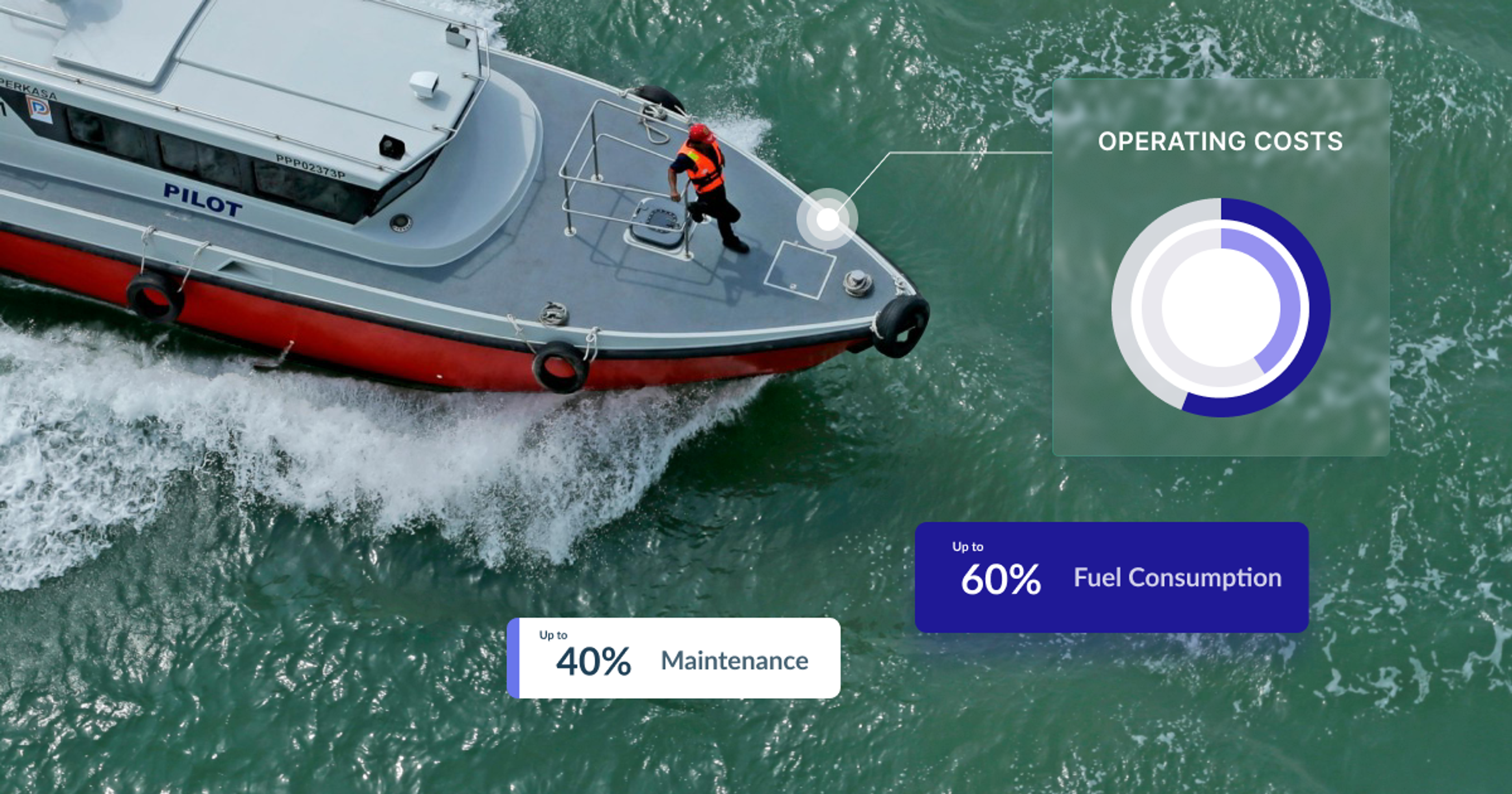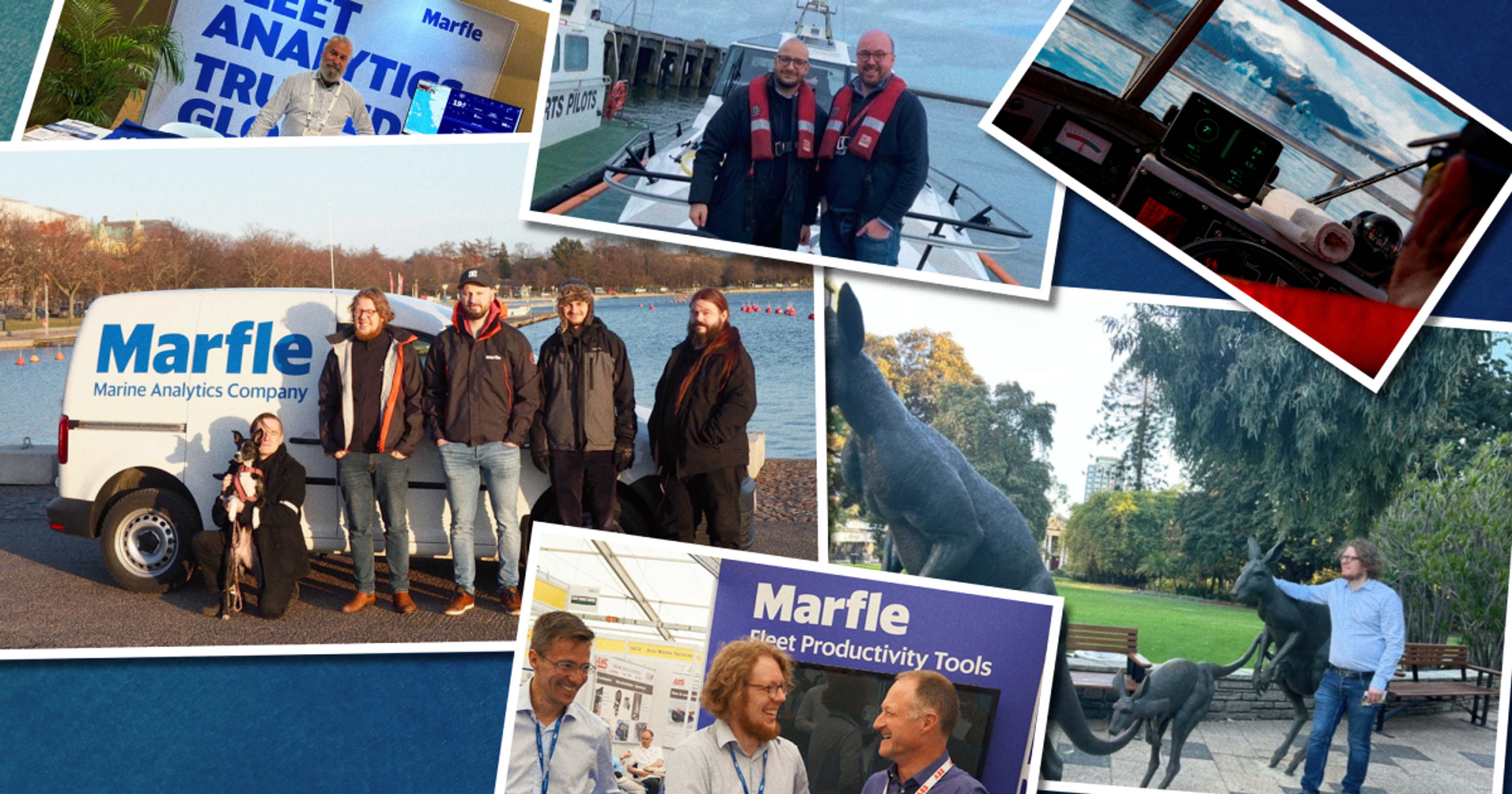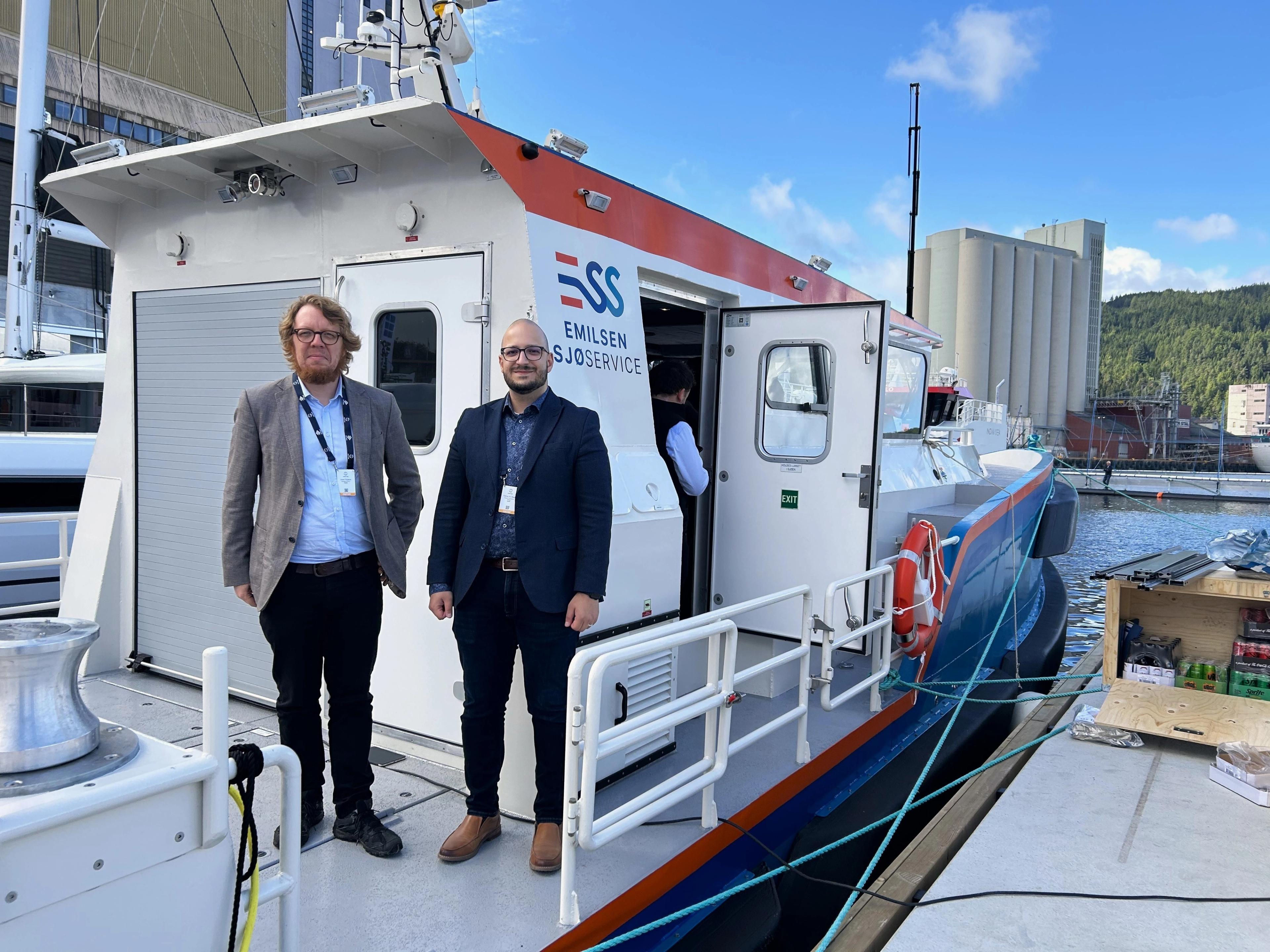6 Proven Strategies to Reduce Maritime Fleet Operating Costs
Ana Rosa
••7 mins
Operating a maritime fleet today is not getting any easier. With operational costs on the rise, fleet owners are facing increased pressure to keep fleets running as efficiently and sustainably while maintaining profitability and, of course, without sacrificing reliability and safety.
With the maritime industry charting into an exciting yet challenging direction, the old mindset of"we've always done it this way" no longer holds. Companies aiming to stay competitive and exceed their goals need to embrace proactive, data-driven cost management.
In this article, we’ll break down 6 proven, practical strategies that industry leaders are using to reduce operational costs and strengthen their bottom line, all while improving overall fleet efficiency.
What Do Operating Expenses Include?
Operating expenses, commonly referred to as OpEx, are the ongoing costs incurred by a company to run its day-to-day operations. In other words, they’re the baseline costs your company must cover to operate. Here’s a breakdown of what to monitor:
Fuel - Often the largest expense, closely tied to the crew's driving behaviour and engine performance
Maintenance and repairs – Includes routine maintenance, repair, and replacement of vessel parts
Crew wages and travel – Salaries, onboarding, accommodations, travel logistics, and training
Port costs – Expenses associated with handling charges and administrative fees
Insurance and compliance – Coverage for physical damage to vessels, and regulatory costs
Vessel Downtime - Unexpected, costly breakdowns, impacting both financial and operational losses
Unlike OpEx, Capital Expenditure(CapEx) refers to major, long-term investments, such as acquiring new vessels, upgrading navigation systems, or transitioning to hybrid propulsion, that typically extend beyond a single fiscal year and depreciate over their useful life.
Strategies for reducing operational costs
1. Set optimal speed ranges for higher fuel efficiency
Fuel accounts for up to 60% of a ship's total operating costs, according to Seavium. This makes it not only the biggest OpEx expense, but also the biggest opportunity for savings.
By closely monitoring fuel consumption over time, alongside variables like vessel speed, RPM, and engine load, fleet managers can establish a performance baseline. From there, setting optimal speed ranges helps to ease engine strain, reduce emissions, and achieve double-digit fuel savings when applied consistently across the fleet.
Marfle’s onboard display makes fuel-efficient sailing simple. Masters get real-time feedback on their navigation, with a clear visual signal: a green leaf appears on the screen when the vessel is being operated in an environmentally friendly way. It’s intuitive and helps turn real-time insights into smarter daily decisions.
And the results are tangible. Boluda Towage SMS UK utilised Marfle Fleet Analytics to gain a deeper understanding of fuel performance, resulting in a 25% reduction in fuel consumption and a significantly smaller carbon footprint.
2. Improve driver style for higher savings & safety
Small, incremental changes in the way a vessel is maneuvered have a direct impact on both fuel usage and engine health, but so does ensuring safer and more comfortable operations in often unpredictable maritime conditions.
Driver behavior monitoring systems provide managers with a clear understanding of each master’s handling style across the fleet. This visibility enables them to identify risky patterns, receive instant notifications about inefficient practices, and guide masters toward safer and more consistent habits.
Over time, beyond fuel, it significantly reduces the mechanical strain, lowers the risk of costly unplanned maintenance, and helps extend the operational life of the fleet.
3. Switch from reactive to proactive maintenance
Unexpected breakdowns can take vessels out of operation for days, disrupting schedules, reducing fleet efficiency, and driving up costs. Between 2014 and 2023, over 11,500 incidents on commercial vessels were caused by machinery failure, highlighting not just cost implications but also serious safety concerns.
Amid tightening regulatory requirements, rising costs, and increased competition, maritime companies are moving away from reactive fixes and embracing predictive maintenance(PdM) to drive sustainable growth and strengthen long-term resilience.
Modern fleet management tools provide in-depth engine analytics, tracking parameters like coolant temperature, boost pressure, oil pressure, engine load, RPM, and fuel consumption. This allows managers to monitor engine performance in real-time and assess trends over the long term to detect early warning signs.
For example, one Marfle customer noticed a steady drop in transmission gearbox oil pressure across several trips. Because the issue was identified early, a technician resolved it within hours, preventing a serious breakdown and keeping operations running smoothly without major downtime or repair costs.
4. Invest in your employee development for higher satisfaction and retention
The maritime industry sails at an unprecedented pace, driven by electrification, automation, and AI, all in search of more flexible, efficient, and sustainable operations. But amid this rapid wave of innovation, we can't afford to ignore the elemental factor that keeps maritime operations moving: well-trained and motivated crews.
As business goals become more ambitious, so do employee expectations. Today's professionals are looking for more than a paycheck; they want opportunities to grow, learn, and prosper. In fact, roughly 40% of senior maritime executives are considering changing jobs in the next two years. A clear signal that retention is becoming a growing challenge across the industry.
Companies that prioritise employee development, through clear career paths, continuous training, and regular feedback, get tangible results: higher satisfaction, greater retention, and a stronger working culture. These are not just HR benefits; they have a direct impact on operational excellence and productivity.
Empowered and engaged employees don’t just stay longer; they become company ambassadors, helping attract future talent through word-of-mouth and industry recognition.
5. Data entry automation for reduced human error
While 73% of fleet professionals acknowledge that fleet management software is critical for data consolidation and operational success, more than half(57%) still rely on manual data entry to track key performance metrics, revealing a clear gap between intention and execution.
Manually logging fuel consumption, engine readings, and anomalies is not only time-consuming but also highly prone to human error, jeopardising the accuracy and reliability of your data. Not to mention how demotivating and tedious it is for crews to manually fill out spreadsheets or update multiple systems after every trip.
And it doesn’t stop there. Fleet managers often spend 15–20 hours a week double-checking paperwork, auditing logs, and correcting errors. Time that could be spent on strategic decision-making.
With the drawbacks of manual data entry increasingly hard to ignore, more fleet decision-makers are embracing digital solutions like fleet data management systems. Marfle’s comprehensive trip analytics automatically capture essential voyage data and present it in a clear, intuitive dashboard - fully accessible from any device. This empowers managers to monitor vessel performance in real time, compare trips, identify more efficient routes, and gain a broader operational perspective. The result? Less downtime, sharper decisions, and a more efficient, connected fleet.
6. Simplify regulatory compliance with advanced reporting
From navigating ever-evolving regulations to meeting strict emission targets, the path toward sustainable maritime operations can be complex. Yet, staying compliant isn’t optional; it’s a must.
The cost of non-compliance extends far beyond fines, which can range from thousands to tens of thousands of euros. Operational disruptions, increased insurance premiums, a negative impact on relations with partners and port authorities, and even the loss of business opportunities can follow, putting your long-term viability at serious risk.
Marfle’s advanced reporting tools simplify compliance by automatically capturing and structuring critical operational data. As a single source of truth, the system streamlines monitoring and record-keeping, reducing administrative workload while enhancing data accuracy and overall efficiency.
With just a few clicks, managers can generate clear, actionable reports on fuel consumption, emissions, and vessel performance, both at the vessel and fleet level. This not only supports smoother audits and documentation but also ensures you're always prepared to meet compliance standards.
Curious how Marfle can help lower your fleet operational costs? Request your personalised demo today!

About the author
Ana Rosa
Ana is the Marketing Specialist at Marfle, bringing over three years of experience in content marketing, product marketing, graphic design, and SEO. With a strategic mindset, her focus is on positioning Marfle as a leader in smart fleet analytics, helping fleet managers streamline operations, improve efficiency and reduce CO2 emissions.
Keep reading
 Ana Rosa
Ana RosaThe Marfle Website Has a Fresh New Look!
Discover the new Marfle.com, with a modern, revamped look and a smoother, more intuitive user experience. See the difference for yourself!
 Ana Rosa
Ana RosaMarfle Fleet Analytics: A Decade of Innovation
From pilot boats to ferries, Marfle is redefining fleet operations worldwide, now expanding across the Asia-Pacific region.
 Ana Rosa
Ana RosaHighlights from Aqua Nor 2025 by Marfle
Marfle took part in the world’s largest aquaculture technology exhibition in Trondheim, Norway. Read the key takeaways from this year’s event.